I think one of the more difficult things we do as wildlife photographers is choosing which subject to photograph and which to pass by. When you discover a potential subject, you need to decide if it’ll pave the way to an interesting story or if it will just wind up as another snapshot gathering dust on your hard drive.
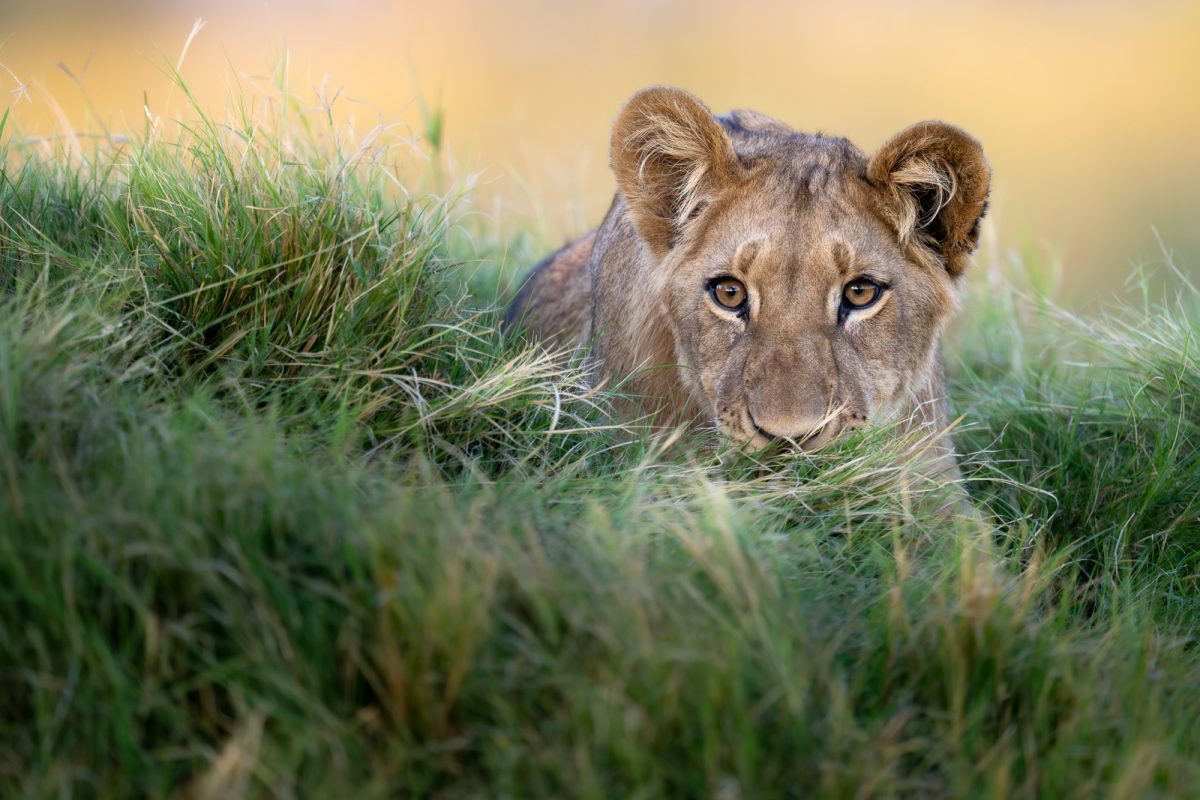
I can’t tell you the number of times I’ve watched people fire away at a poor-looking specimen in bad light as it huddled behind a tangle of branches. The truth is, there’s not really a shot there at all, but they want to try to get “something,” even if it’s not great.
However, there’s a hidden trap in that seemingly harmless photo session:
It takes longer to capture a bad shot than a good one.
I know that statement seems a little counterintuitive at first, but you have to consider how a bad shot plays out.
It starts with a few initial volleys of the shutter, followed immediately by a lackluster image review on the back of the camera. So the hopeful, persistent photographer tries again – maybe from a slightly different position this time. A quick review yields another disheartening display of disappointing images. Then comes another move—maybe a tweak to the settings or a change of focal length – for yet another failed attempt. This usually goes on for as long as the animal or the photographer’s spouse will tolerate, and in the end, no one is happy about any of it.
And there’s the trap. It took quite a bit of time to capture that myriad of mediocre images. I’ve watched people spend hours trying to pry a photo out of a no-win scenario – time that could have been spent finding and photographing a better subject.
The thing is, we only have so much time in the field – especially if the light is good – and we squander it at our photographic peril. If you have an hour of golden light at your disposal, is it better to try to capture an image that you know, ultimately, isn’t going to work out – or is it better to keep searching – even if there’s a chance you won’t find anything else?
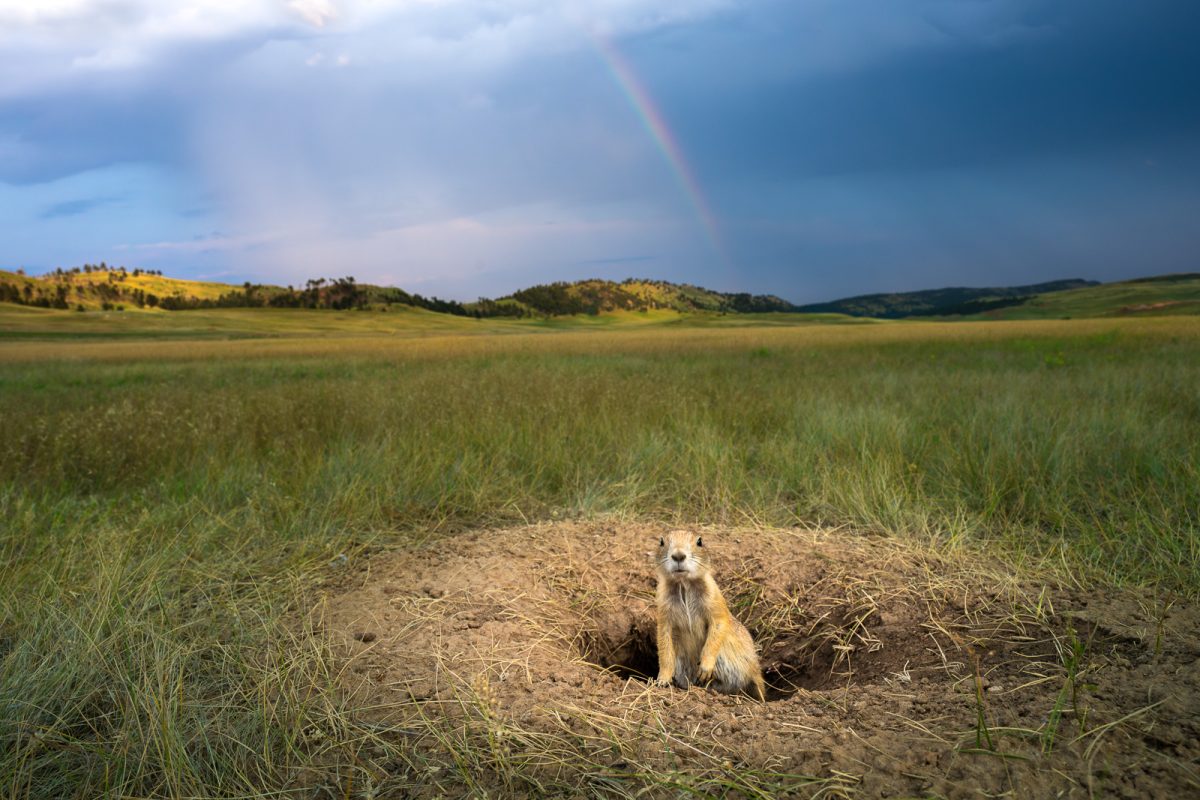
On the other hand, a good shot is comparatively effortless (usually). Often, the subject looks great and has a perfect foreground and background (or can, with a little clever positioning on the part of the photographer), and the shot is safe on the memory cards in less time than it took you to read this paragraph.
Of course, there are in-between areas here as well, where you come across a subject that initially looks like a lost cause but has potential if it moves – or if you find a better spot. It’s a fine line, to be sure.
The real trick here is recognizing when you have a lost cause and when you have a prospective winner. This of course takes practice and experience, but there are some tricks and I’ll outline them below. These are all with the assumption that you’re already operating in good light, and maybe time is getting tight.
1. Do you already have this shot?
If the opportunity in front of you is a shot you have a dozen times over in your portfolio, and the current scenario isn’t going to improve on it, it may be time to move on. On the other hand, if you already have a similar shot, but this situation looks like you might get something even better, it can pay to stick it out.
For example, although I have a TON of bison shots, I didn’t have any quite like this one so I was thrilled to stay and shoot 🙂
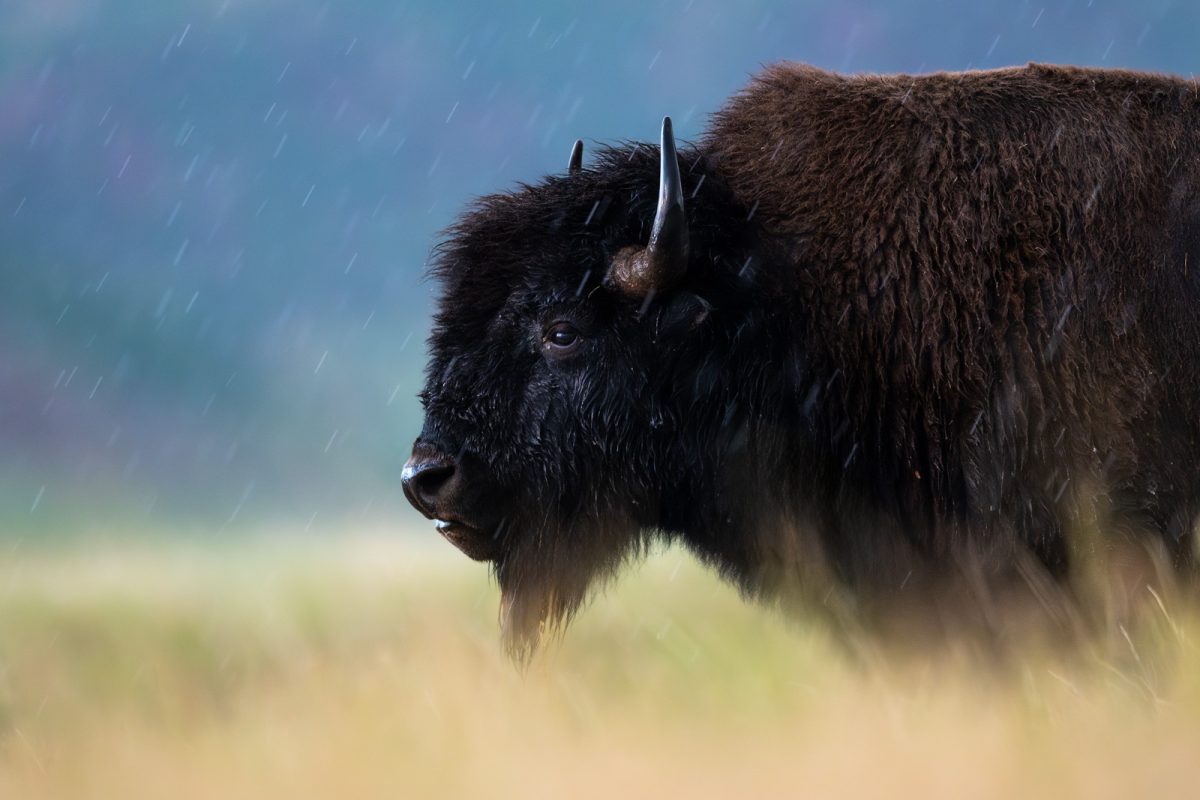
2. Do you like the specimen?
I know, this is shallower than a driveway puddle, but it’s something to consider. If your goal is a pristine specimen and you come across one that’s so ugly its mama fed it with a slingshot, then maybe it’s better to move on. Note: I realize that sometimes a war-torn individual can be a great subject. Ultimately, you need to like the animal in your viewfinder, and it should work for the story you want to tell. If it doesn’t, maybe move on.
What can I say? I like pretty pictures of pretty animals – like this lion below.
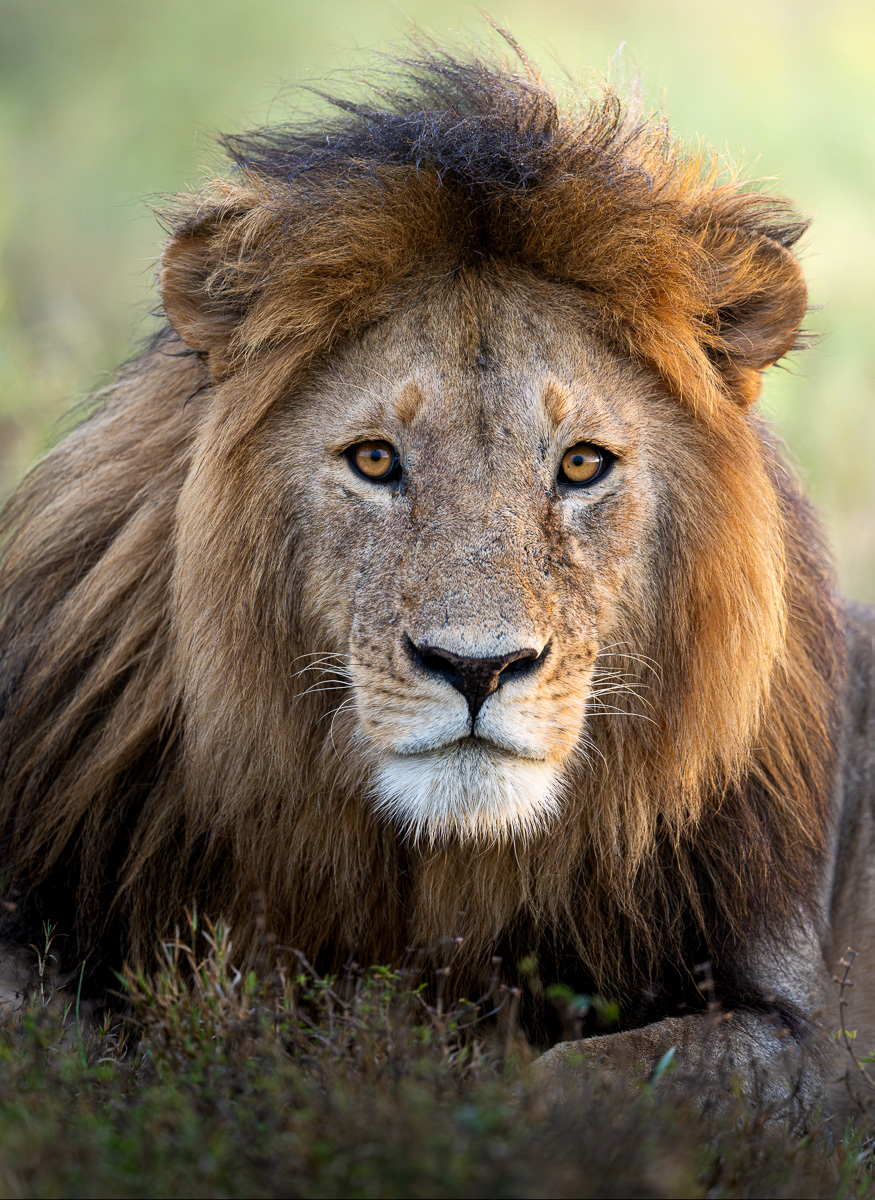
3. How common is the subject?
For an ordinary subject, you need an extraordinary shot.
The thing is, photos of common subjects are a dime a dozen. You can search “great blue heron” right now, and Google will smother you with thousands of mostly average shots of them. If you want your ordinary subject to stand out, you need an extraordinary shot to make it happen.
Also, don’t misunderstand—I’m not saying you should skip common subjects. Quite the opposite, in fact. I think the mark of an accomplished photographer is taking an everyday subject and capturing a shot that blows people away. However, if I’m confident that one of those special photos isn’t going to happen under the current circumstances, I’ll walk away.
On the other hand, if I encounter something rare, I’ll often stick around, even if the current conditions are not ideal, in hopes the animal will move to a more promising location.
Although pied-billed grebes are pretty common, I think this one stands out a bit because of the low angle, background, and of course, the splashing water.
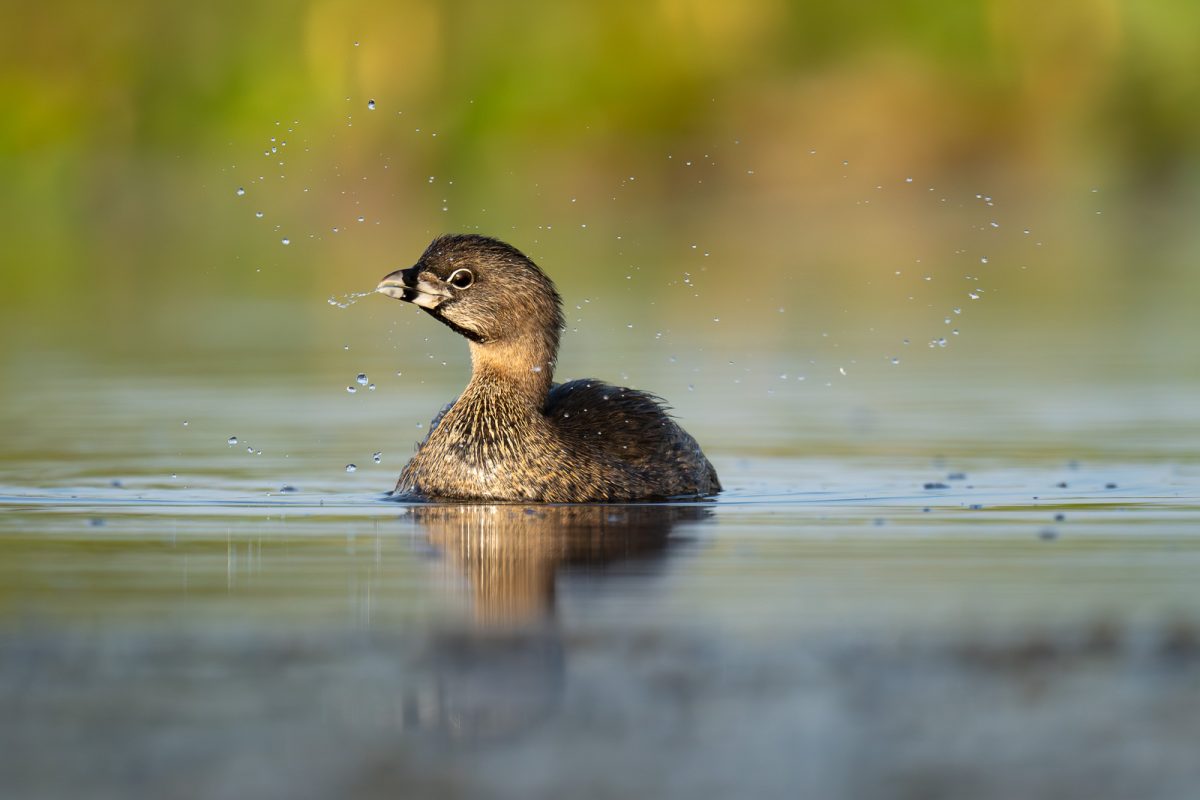
On the other hand, the Caracal is super-rare, so we were willing to spend as much time as necessary with him.
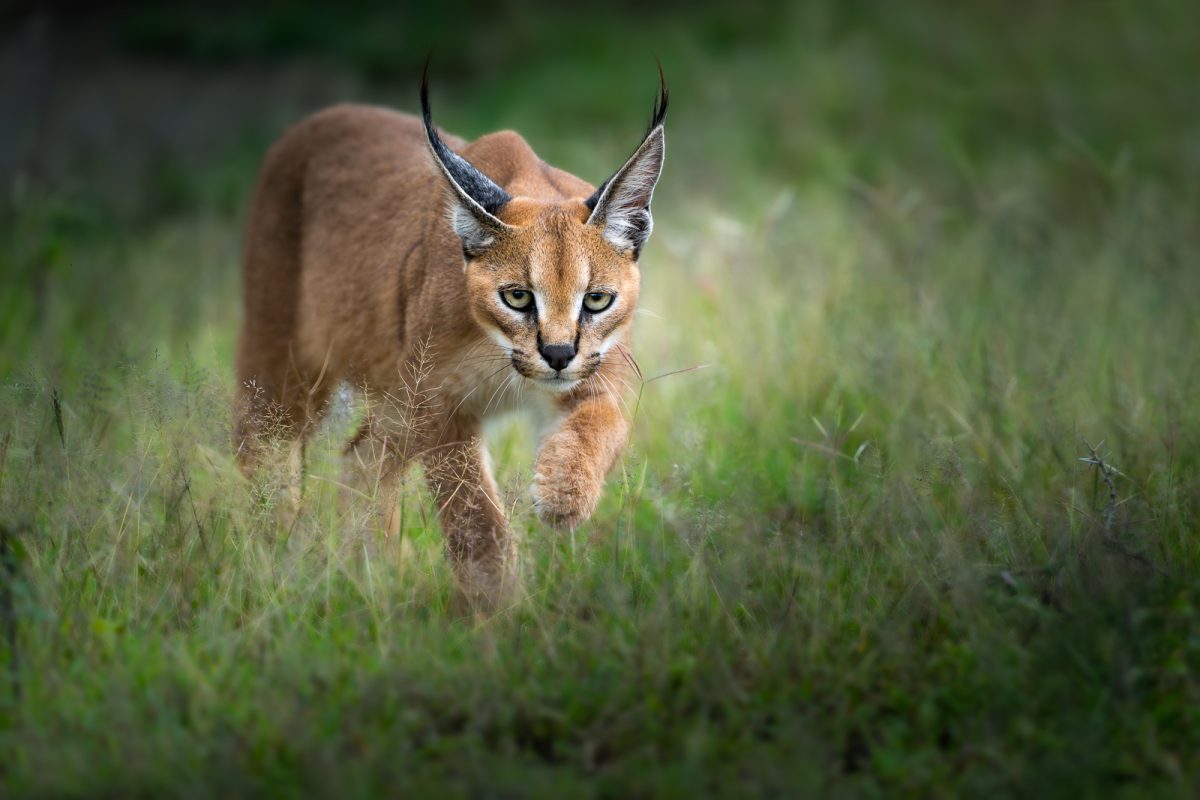
How’s the habitat?
Sometimes we encounter a subject we’d love to get into our viewfinder – perhaps even a rare one – but it’s buried deep in a tangled mess of brush.
In these situations, you have several options to consider.
First, look for a window through the cover; sometimes a slight change in position can turn a hopeless situation into a wall-hanger. If that doesn’t work, waiting it out can pay off, though this gamble costs time. The rarity of the subject and the available light can also help determine if waiting is worth the risk. If time is short or the subject is common, it might be wiser to move on.
However, it can pay to explore creative approaches before moving on. Can you capture a tight shot of the subject’s face or use a technique like high-key or low-key to create something unique? Also, consider the animal’s likely behavior—some species, like lions at sunset, are more likely to move, while others, like an owl in the morning, tend to stay put for hours.
In the end, if I don’t see a way forward due to habitat obstruction, I move on. Especially if I think the animal isn’t coming out any time soon.
From most positions, it was a no-go for this half-collard kingfisher, but sometimes you get lucky and find a window.
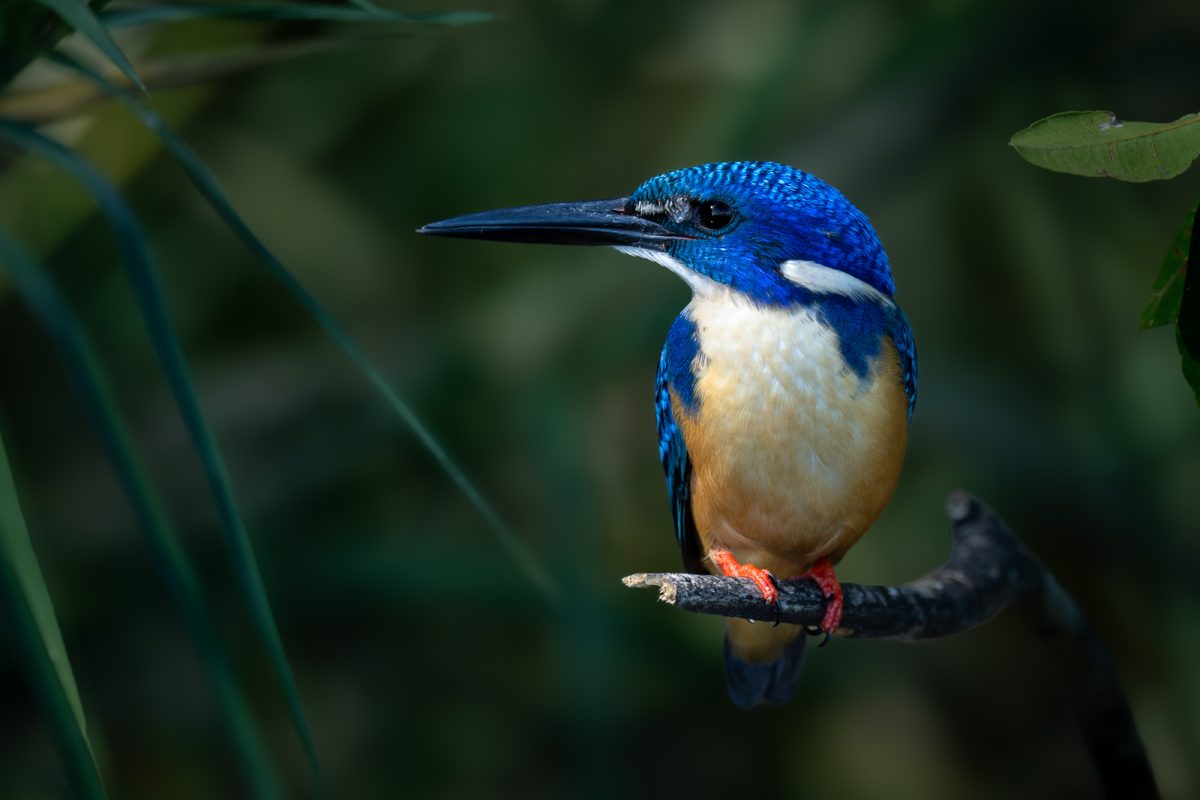
Is the subject cooperative?
Animals are like people – each one, even within the same species, is different. Some are shy, some are reckless, and others fall in between. I’ve photographed subjects that seemed like they wouldn’t mind if I stopped to pet them, and others that ran or flew away at the first sight of me.
And sometimes those animals were the same species in the same place!
The problem arises when you encounter a subject that just doesn’t want to participate in a portrait session. Every time you point your lens in their direction, they flee. You spend the entire time looking at their exhaust port. It’s no fun, and it stresses the animal as well.
When I encounter an animal that just doesn’t want its photo taken, I tend to leave it alone. I may try a bit, but if it’s constantly turning tail and not allowing any kind of photo, I let it go and move on. The truth is, I very seldom secure any usable image in that scenario. More importantly, I think continually chasing an animal borders on unethical territory. Although I love getting my photos, I don’t want to terrify the animal in the process – there are plenty of other animals that are far more tolerant in the world.
Most of the horses in Theadore Roosevelt NP are very cooperative, making it fun to photograph them without stressing them out.
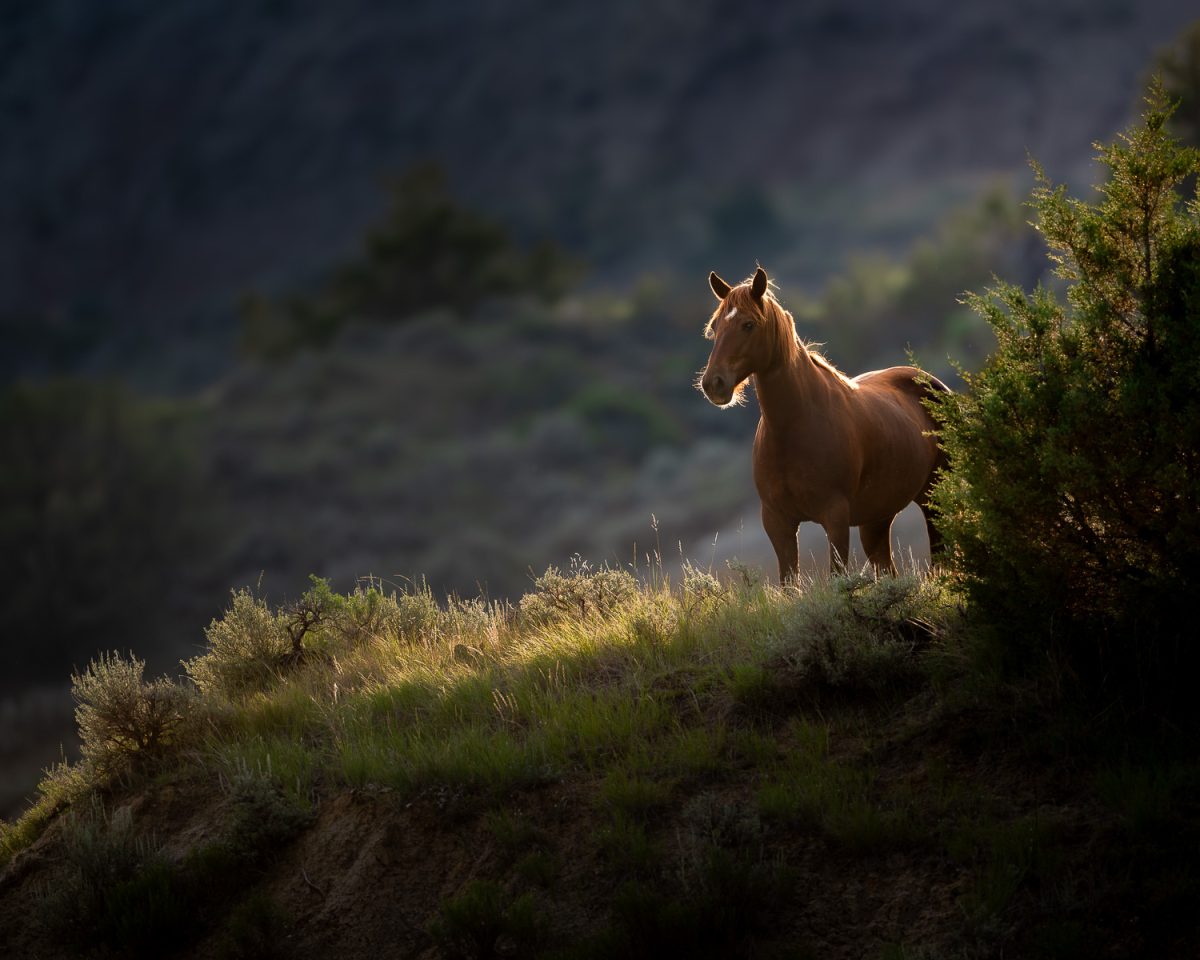
Let’s expand this list! Let me know in the comments what makes you stay or go when you spot an animal.

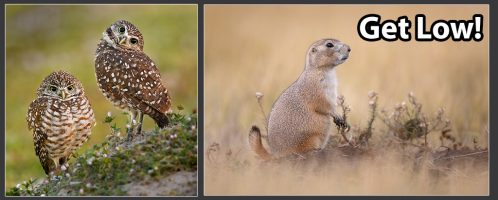

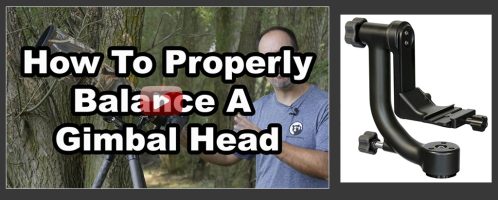
I’m reading this from a liveaboard dive boat in the Banda Sea. The timing and subject matter of this article is perfect for underwater photography. Each dive is limited is limited in time. Physically, you can only do so many dives a day for a limited number of days. Our oceans are filled with many common fish and sea creatures and it’s too easy to spend time taking bad shots with uninteresting subjects or a terrible background/composition. It’s much better to swim around, observe, and see what happens. On my last dive trip, it resulted in seeing mating octopus. The… Read more »
Great topic!! I’m so guilty….LOL.
You are right, when the run let them go. They are under stress and using energy they need to survive. We humans are the rocks thrown into the pond of the animals environment. We are noisy, big, smelly and vehicles make it worse. We upset their world. Some have become more or less tolerant. I am sure that the objective end of a lens is often seen by birds as if it is the eye of a predator, so they flee. Often if we just stay still in the right place the animal will return and we can get an… Read more »
I have asked guides to spend time to find unusual / scarce animals like caracal but the fact of the matter is they seldom see them. If there is any chance to get an image like this I would spend days to get it. Wildlife photography is opportunistic. Places like Zimanga and Mashatu improve the ods but there are no guaranteed opportunities.
Yes & no! I agree, we are guilty of filling our cards with substandard junk – it’s to do with not being out there in the field often & any opportunity blinds us with the excitement to all the distracting elements in the photo. Lr is a great feedback place to come back & realise our follies. But equally there have been times when I took shots of a substandard scene, only to realise all the ducks had now lined up & I got a winning shot. If I had not spend time taking those shots I could have moved… Read more »
I see people taking the “I was there photos” all the time and as I get older, can appreciate this. Nature rewards us with photos to hold dear when we least expect it, so a few extra photos taken can be keepers, especially in our mind and heart as we grow older and learn a deeper respect for what is truly special.
On my last trip to Africa I waited with 25 other vehicles packed with people for the zebra and wildebeest to cross the river. I noticed everyone else put their feet up or encage in conversation. Me, I stood on the seat and popped my head outside of the vehicle and looked around for something, anything, waited and was rewarded. One young male hippo in the river of a large pod decided to challenge the boss hippo for control. Suddenly, mouths were open wide with water shooting 15 feet into the air each time the hippos charged each other, teeth… Read more »
Great points. Related, but I’ve been spoiled in the last few years getting to go on safari and to shoot bears in AK. How do you revive your enjoyment of shooting “ordinary” birds (ie the ones near you) after that? Maybe focusing on getting that super unusual GBH shot.
Great points, Steve. One thing that attracts me to a particular subject is behavior, especially when it involves what seems to be a family group. I have enjoyed tender mother/child shots of burros in Arizona, and just recently a Canada Geese pair where one was clearly browbeating another. Capturing the angst of a common red squirrel can be fun. Interactions are fun to capture and make better images for me.
Some great thought Steve. Especially taking shots of a subjects that you have a bunch of photos of already unless the opportunity is better or unless you are just practicing. Taking burst photos of the same animal over and over again is a waste of time in the field and even more so in post.I enjoy you post and find them valuable.
Thank you Steve. If the only goal is to make that killer, calendar, fair winner, professional photo, then I agree with you. But, I also make photos to remember. To remember where I’ve been and what I’ve seen. I have some mediocre photos that I like to look at and remember how beautiful or interesting a place or animal was even though the photo is not ‘perfect’.
I’ve found that with birds, particularly raptors, juveniles tend to allow for a closer approach and tend to stick around much longer than an adult bird does. This often allows for some closer shots than you would otherwise get. If I see a juvenile raptor not otherwise obstructed by branches, I will usually try to spend more time and work my way closer. Some of them just don’t really seem to know enough to care and will let you get very close. Also, auto routes at National Wildlife Reserves are great places to practice this as many animals ignore an… Read more »
Outstanding article as usual Steve. Very relevant to me, and causing me to rethink how I spend my time. I have often fell victim to spending way too much much time trying to polish a nugget of coal into a diamond with editing.
I concur with your thoughts. And when shooting wildlife, I am always looking for an opportunity to photograph behavior – like mating, eating, hunting. And then good light. And good background.
That’s always the challenge. And the appeal.